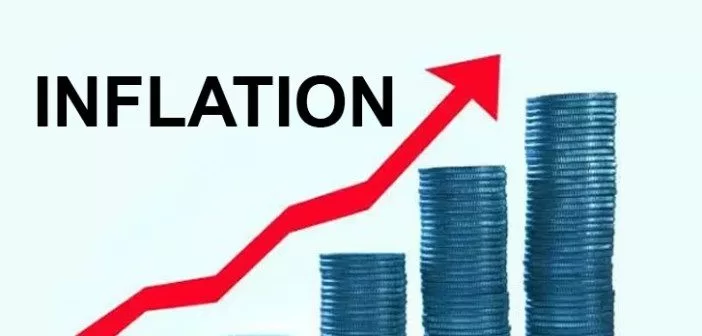The Ghana Statistical Service (GSS) has reported a slight decline in the country’s Producer Price Inflation (PPI), which dropped to 26.1% in December 2024 from 27.0% in November.
This marks a 0.9 percentage point reduction, highlighting easing inflationary pressures for domestic producers.
On a monthly basis, the PPI recorded a 1.4% drop between November and December, reflecting improvements in pricing dynamics across several sectors.
Sectoral Performance
The industrial sector (excluding construction) saw its inflation rate fall from 41.4% in November to 40.2% in December.
Read Also: LinkedIn accused of using private messages to train AI
Meanwhile, the construction sector recorded an inflation rate of 29.6%, and the services sector ended the year with a significant drop to 6.8%.
Key Sector Insights:
- Highest Inflation: Mining and quarrying led with 42.8%, remaining a major contributor to inflation.
- Notable Highs: Accommodation and food service activities registered 30.5%, followed by construction at 29.6%.
- Lowest Inflation: The water supply, sewerage, and waste management sector recorded the lowest rate at 5.0%.
Industry Trends
Several industries showed mixed inflation trends:
- Manufacturing: Inflation stood at 18.9%, reflecting stable pricing within the sector.
- Electricity and Gas: These sectors recorded relatively low inflation at 8.1%.
- Transportation and Storage: Registered 23.1%, maintaining a moderate contribution to the overall PPI.
PPI Significance
As a key economic indicator, the PPI tracks changes in the prices producers receive for their goods and services.
It serves as a vital tool for policymakers to gauge inflationary pressures, evaluate economic trends, and design strategies for price stabilization and sustainable growth.
Outlook
The decline in the PPI rate offers a positive signal for Ghana’s economy as inflationary pressures on producers ease.
However, key sectors such as mining and construction remain under scrutiny for their high inflation rates.
As the government and economic stakeholders analyze these trends, the focus will remain on managing inflation and fostering price stability in 2025.


























